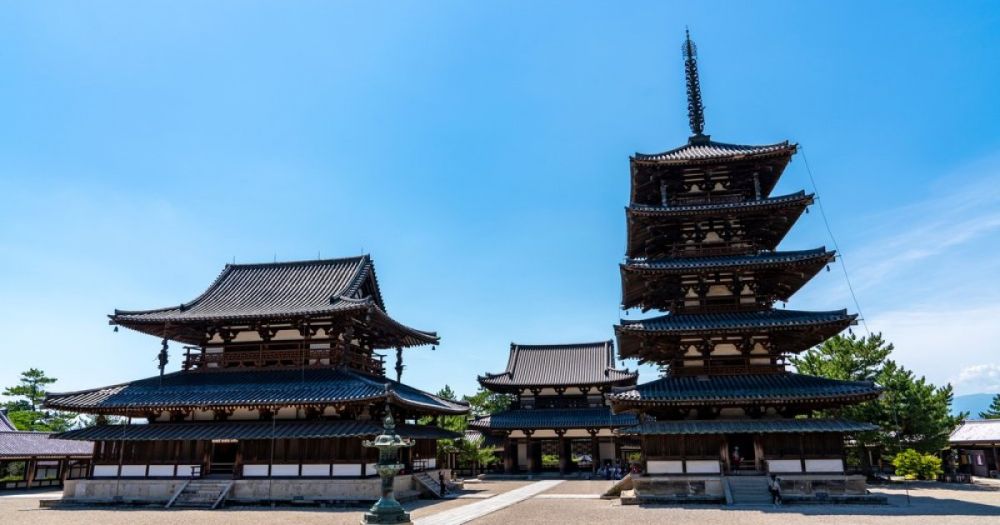

When planning a visit to Horyuji Temple, one of the most significant cultural landmarks in Nara, Japan, timing is key to enhance the experience. Ideally, the best time to visit Horyuji Temple is during the spring (March to May) or autumn (September to November). These seasons offer the most comfortable climate with mild temperatures, which is perfect for exploring the temple grounds and enjoying the architecture without the extreme heat of summer or the chilly winds of winter. Spring ushers in the cherry blossom season, where the temple's surroundings are adorned with a blanket of pink, creating a picturesque and serene atmosphere. In autumn, the changing colors of the leaves provide a stunning backdrop of red, orange, and gold, enhancing the temple's ancient wooden structures and tranquil gardens.
It is also beneficial to consider the crowd factor when scheduling your journey to Horyuji Temple. While the spring and autumn months bring pleasant weather, they also coincide with peak tourist seasons. To avoid the heaviest crowds, plan to visit on a weekday and aim to arrive early in the morning or later in the afternoon. During these times, the temple is less crowded, allowing for a more peaceful exploration. Additionally, certain festivities and events, such as the O-Bon festival in mid-August or the New Year's celebrations, can draw larger crowds but also offer unique cultural experiences. If you are interested in these events, make sure to plan accordingly and book accommodations in advance, as these periods see an influx of both domestic and international tourists.
| Month | Min Temp | Max Temp |
|---|---|---|
| January | NA | 9 °c |
| February | 1 °c | 10 °c |
| March | 3 °c | 13 °c |
| April | 9 °c | 20 °c |
| May | 13 °c | 24 °c |
| June | 18 °c | 27 °c |
| July | 22 °c | 31 °c |
| August | 22 °c | 33 °c |
| September | 19 °c | 28 °c |
| October | 13 °c | 22 °c |
| November | 7 °c | 17 °c |
| December | 2 °c | 12 °c |